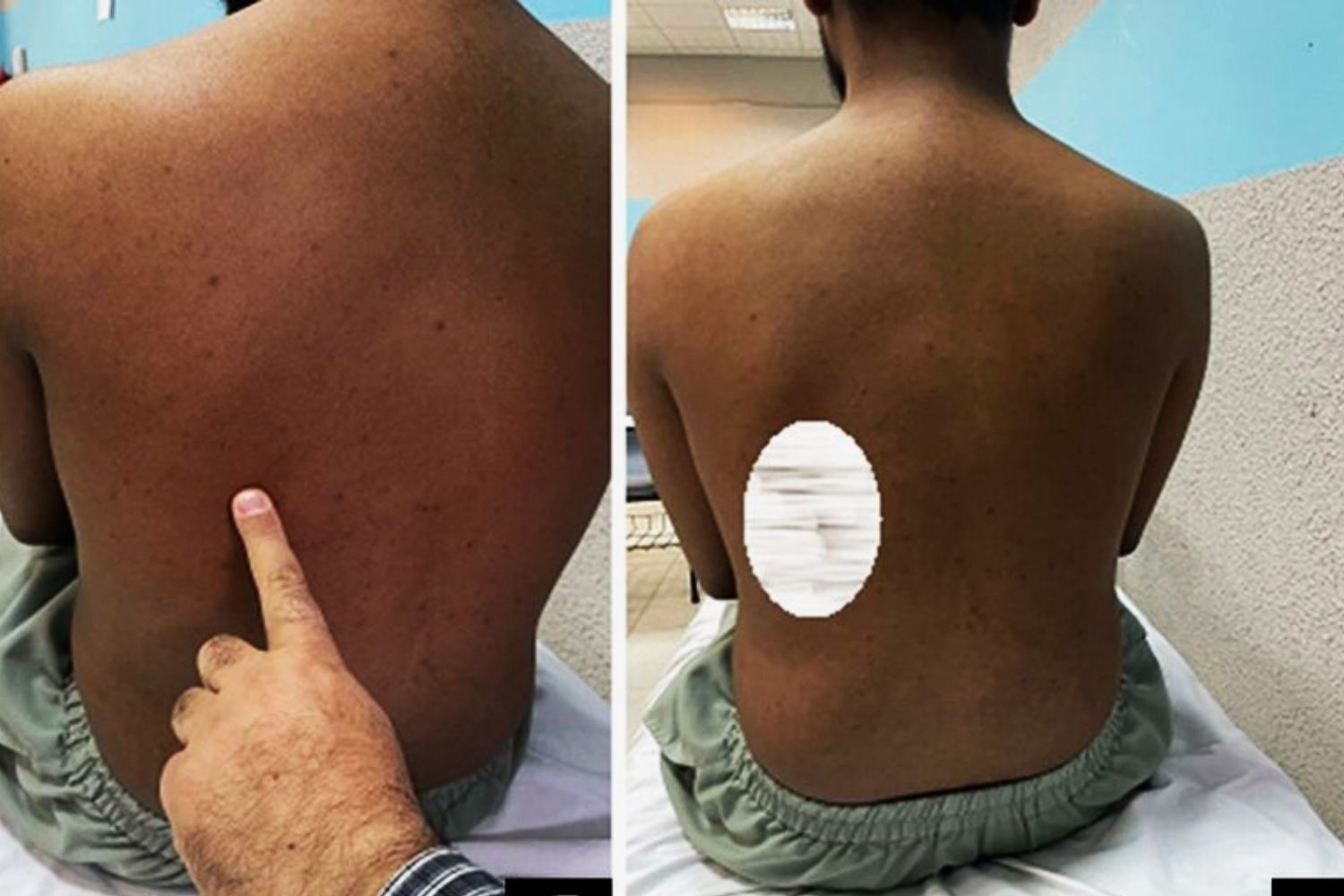
Boas' Sign is a medical term that might sound unfamiliar, but it's a crucial clue in diagnosing certain health conditions. What exactly is Boas' Sign? Boas' Sign refers to tenderness or pain felt in the area to the right of the spine, just below the shoulder blade. This symptom often points to issues with the gallbladder, such as inflammation or gallstones. Understanding this sign can help doctors pinpoint the problem faster and start treatment sooner. In this blog post, we'll explore 25 intriguing facts about Boas' Sign, shedding light on its significance, history, and how it aids in medical diagnosis.
Key Takeaways:
- Boas' sign is a sensitive area below the right shoulder blade that can help diagnose gallbladder issues. It's named after a German doctor and is tested by applying gentle pressure.
- While Boas' sign is helpful, it's not always present in patients with gallbladder problems. Healthcare providers use it along with other tests to make accurate diagnoses.
What is Boas' Sign?
Boas' sign is a medical term that might sound unfamiliar to many. It refers to a specific symptom related to gallbladder disease. Understanding this sign can help in diagnosing certain conditions more accurately. Here are some intriguing facts about Boas' sign.
- Boas' sign is named after Ismar Isidor Boas, a German gastroenterologist who first described it.
- This sign is characterized by hyperesthesia (increased sensitivity) below the right scapula (shoulder blade).
- It is often associated with acute cholecystitis, which is inflammation of the gallbladder.
- The presence of Boas' sign can help differentiate gallbladder issues from other abdominal problems.
- Boas' sign is not always present in every patient with gallbladder disease.
Historical Background of Boas' Sign
The history behind Boas' sign is quite fascinating. It dates back to the early 20th century when medical diagnostics were evolving rapidly.
- Ismar Boas, who identified this sign, was a pioneer in the field of gastroenterology.
- He published his findings on Boas' sign in the early 1900s.
- Boas' contributions to medicine extended beyond this sign; he also wrote extensively on digestive diseases.
- His work laid the foundation for modern gastroenterology.
- Boas' sign remains a relevant diagnostic tool in contemporary medicine.
Clinical Significance of Boas' Sign
Understanding the clinical importance of Boas' sign can aid healthcare professionals in making accurate diagnoses.
- Boas' sign is particularly useful in diagnosing acute cholecystitis.
- It helps in distinguishing gallbladder pain from other types of abdominal pain.
- The sign is elicited by applying pressure below the right scapula.
- A positive Boas' sign indicates increased sensitivity in this area.
- It is often used in conjunction with other diagnostic tests, such as ultrasound and blood tests.
How Boas' Sign is Tested
Testing for Boas' sign involves a specific procedure that healthcare providers follow.
- The patient is asked to lie down or sit comfortably.
- The examiner applies gentle pressure below the right scapula.
- The patient is then asked if they feel any increased sensitivity or pain.
- A positive response suggests the presence of Boas' sign.
- This test is quick and non-invasive, making it easy to perform in a clinical setting.
Limitations and Considerations
While Boas' sign is a valuable diagnostic tool, it has its limitations and should be considered alongside other factors.
- Not all patients with gallbladder disease will exhibit Boas' sign.
- The absence of Boas' sign does not rule out gallbladder issues.
- Other conditions, such as muscle strain, can sometimes mimic Boas' sign.
- It is important to use Boas' sign in combination with other diagnostic methods.
- Proper training is essential for healthcare providers to accurately test for and interpret Boas' sign.
Final Thoughts on Boas' Sign
Boas' sign is a fascinating clinical indicator that can help diagnose gallbladder disease. Named after the German physician Ismar Boas, this sign involves tenderness in the area between the shoulder blades, specifically on the right side. It's a subtle yet significant clue for doctors when assessing patients with potential gallbladder issues. While not as commonly discussed as other medical signs, Boas' sign remains an important part of a thorough physical examination. Understanding this sign can aid in early detection and treatment, potentially improving patient outcomes. So next time you hear about gallbladder problems, remember Boas' sign and its role in the diagnostic process. It’s a small detail that can make a big difference in patient care.
Frequently Asked Questions
Was this page helpful?
Our commitment to delivering trustworthy and engaging content is at the heart of what we do. Each fact on our site is contributed by real users like you, bringing a wealth of diverse insights and information. To ensure the highest standards of accuracy and reliability, our dedicated editors meticulously review each submission. This process guarantees that the facts we share are not only fascinating but also credible. Trust in our commitment to quality and authenticity as you explore and learn with us.
